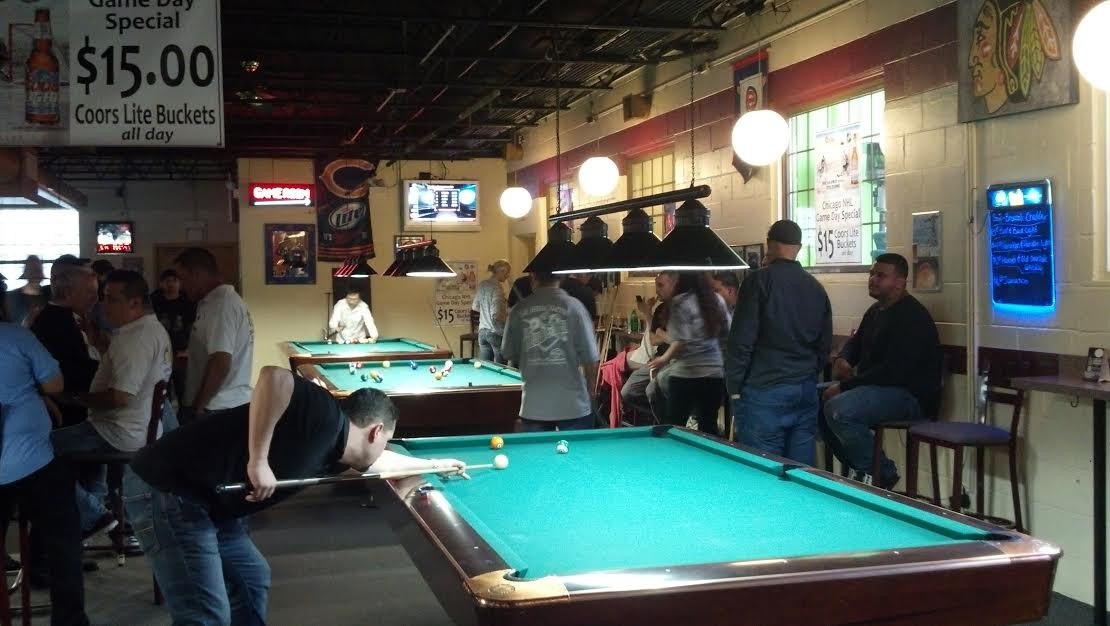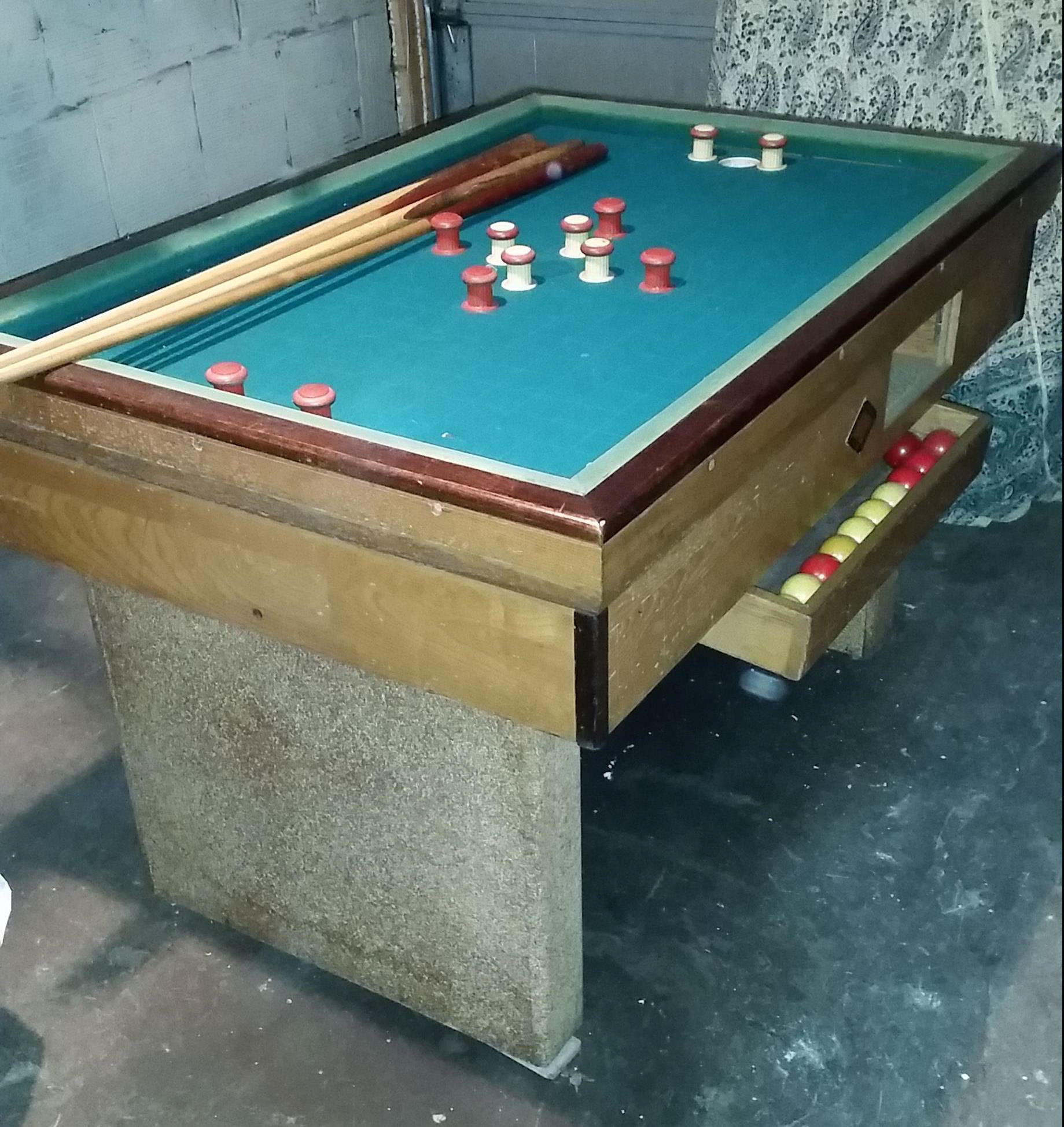
Alison Fischer interviewed her on American Billiard Radio.

Her work has graced Slate, Lenscratch, The Chicago Reader and The Art Institute of Chicago's Alumni Magazine. Knowing how astute his eye was, Helaine felt gratified and her immense talent later afforded her a stipend by a donor at The Art Institute of Chicago who sent her out West for more pictures.
#BILLIARDS CHICAGO SERIES#
Her series was such a hit with her teacher that he purchased a pile of his favorite prints on the spot. She fit right into Bensinger's as a pretty pool bug who loved nothing more than to "play pool, drink a beer and smoke cigarettes." During a class at The School of the Art Institute of Chicago, taught by the Hugh Edwards, the man who discovered famed Swiss photographer Robert Frank, Helaine chose Bensinger's as her subject. Instead of marrying the nice Jewish boy her parents hoped for, she found a Scottish artist with a motorcycle. There's an excellent chance the mysterious and myth making Leaning Man and his friends will grace the walls of anywhere from college dorm rooms to pool fans to art connoisseurs around the world. Gallery exhibitions and a documentary providing an oral history to accompany the photographs are all on the near horizon.

A gorgeous book of these photographs is in the works, with David Mamet granting permission to reprint his "Pool Halls" in it. Thanks to lovingly cared for negatives sitting in her closet for forty years - the world has her black and white photo series - exquisitely lit and captured: Bensinger's, at the height of its heyday. Not only Chicago historians but the entire world, owes her a debt of gratitude. Helaine's photographs are of a bygone era. Helaine Garren, 1970 The title of Aimee Levitt's highly praised Chicago Reader article said it best: "Helaine Garren just may be the Vivian Maier of the pool hall." This newly discovered at seventy Jewish grandmother has afforded the world a rare look into this private men's world, at a crucial moment in its existence, just before its decline. This fabled institution has remained alive through stranger than fiction storytelling, but it has not been until recently that there was visual documentation to confirm and enhance that story, cementing that pool room's immortality until now. This place was called Bensinger's, and it was the nuts. To Supermen, with X-ray vision, like the pool hustlers, pool bugs and sweators that inhabited it, it was heaven. To the naked eye, it was as filthy and run-down as the flea bag hotel that resided above it. The greatest compliment I can give the joint was that it was real - it just was - no pretense, whatsoever - just like my old man. A magical world filled with macho men so unfathomable to ordinary Eggs that a Hipster Brooklyn interior designer could only dream of creating such ambiance. This place - so cool, for lack of a better word, other. This mythical man-cave transformed my father from scrawny schoolboy to super hero Freddy the Beard. You couldn't wait to have your own.Īn in-the-know place, an underground economy on the fringes of society so colorful and rich that it awoke and inspired American artists like Walter Tevis, author of The Hustler and The Color of Money, and the Pulitzer Prize winning writer, David Mamet, author of the essay Pool Halls. And then there were the nicknames - Sugar Shack, Bugs, Cornbread Red. Money referred to as fins, sawbucks, doubles and g-notes. Soliloquies spewed forth daily from both winners and losers.

A windowless, dark place, a Middle Earth, where time stood still and men were not, according to my father, "wusses."Ī cacophony of curse words could be heard there. Racing forms, cigarette butts and ticket stubs carpeting the floor dusted with white powder, blue chalk and grey ash. Backgammon, chess and pinochle round the clock. The Pool Bugs, Backers, Sweators, and Eggs. Annoyed old men in suit and ties on one side of the room juxtaposed by the young, loud hot shots in jeans and greased back hair on the other.

There were the sights - pool, billiard and snooker tables of various dimensions, pockets, and player advantages a constant funnel cloud of smoke widening as it reached the low beamed ceilings replete with hanging wires to keep score worn, kitsch art on the walls inherited from the bowling alley that once resided there a "hunchback clean up guy named Frank" sweeping or mopping below his feet, sometimes refilling a pot of coffee for tips. A place that made certain people - rebels - exclaim, "yes, finally, this is where I belong!" Once upon a time, there was a place on the north side of Chicago that bad boys called home. Helaine Garren's recently unearthed photos of a classic Chicago poolroom offer an inside look at a bygone era.


 0 kommentar(er)
0 kommentar(er)
